Is there a difference between a nonstop flight and a direct flight? If you ask the average person, they’d probably assume there isn’t. Meanwhile if you ask a frequent flyer, they probably do know the difference. I wanted to take a closer look at this topic — let’s first talk about nonstop flights, and then we’ll talk about direct flights.
In this post:
What is a nonstop flight?
A nonstop flight is exactly what you think it is — it’s a single flight that takes off and lands once. The flight doesn’t make a stop on the way. In other words, if you fly without a stop from Tampa to Chicago, or from New York to Tokyo, or from Los Angeles to Paris, those are all nonstop flights. Pretty simple, right?
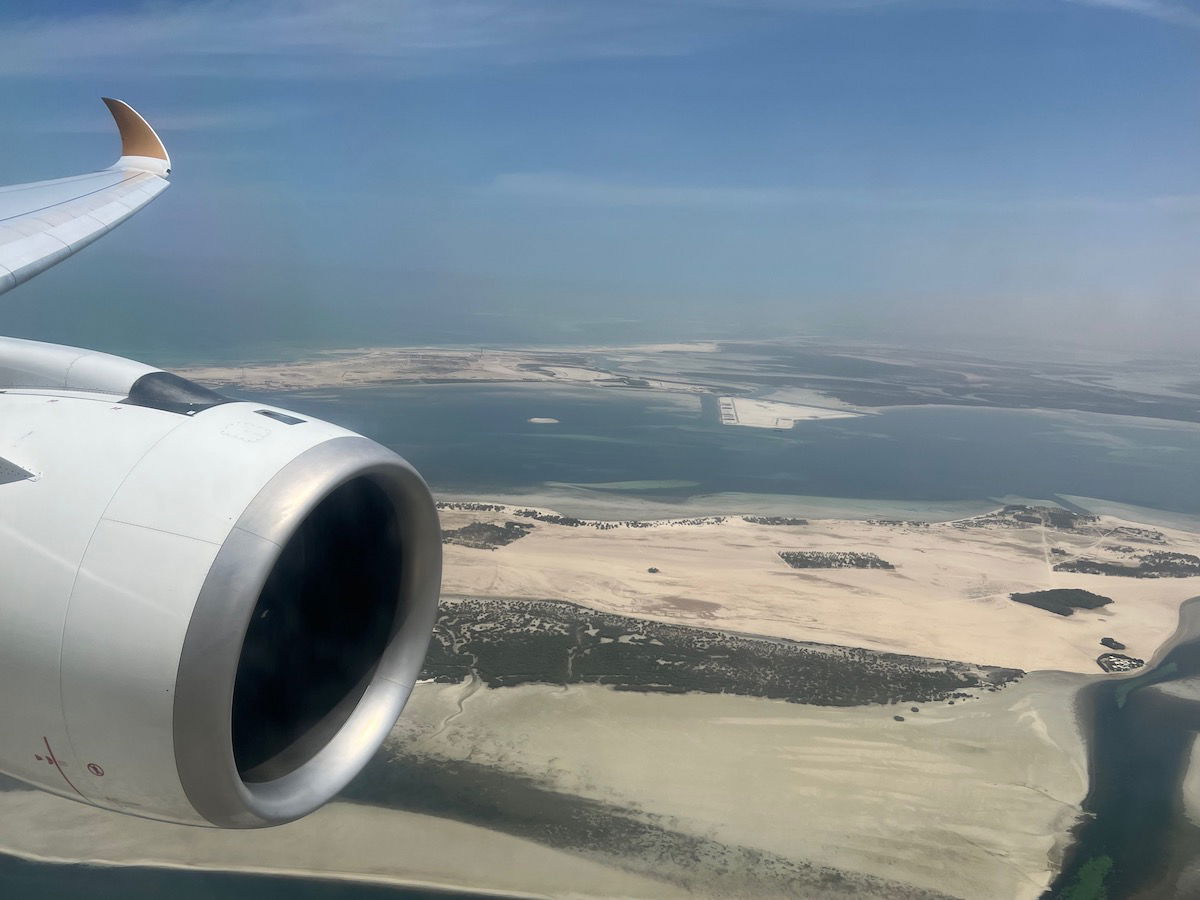
What is a direct flight?
You’d think that a direct flight would be the same thing as a nonstop flight. After all, the word “direct” is defined as “moving from one place to another by the shortest way without changing direction or stopping.” For whatever reason, airlines decided to redefine the word altogether.
A direct flight is a single flight number that includes one or more stops along the way. When you book a direct flight:
- You have the same flight number for the entire journey
- You generally have the same aircraft for the entire journey, so there’s no risk of misconnecting
- You may or may not have to get off the plane at the connecting airport, as it depends on the specific airline and airport
- For us mileage geeks, you typically only earn miles for the distance between the origin and destination, and not for the connecting airport (this only matters for frequent flyer programs that credit miles based on distance flown rather than dollars spent)
This differs from a standard connecting itinerary, where you typically have two or more flights with different flight numbers, operated by different aircraft, with the risk of misconnecting.
For example, Singapore Airlines flies between Los Angeles and Singapore. The airline has up to two daily nonstop flights, which operate between the two airports without making any stops, and take around 17hr10min. Then the airline also has a “direct” flight, which operates via Tokyo with the same flight number the whole way, and takes 19hr55min. Passengers do have to get off the plane in Tokyo.
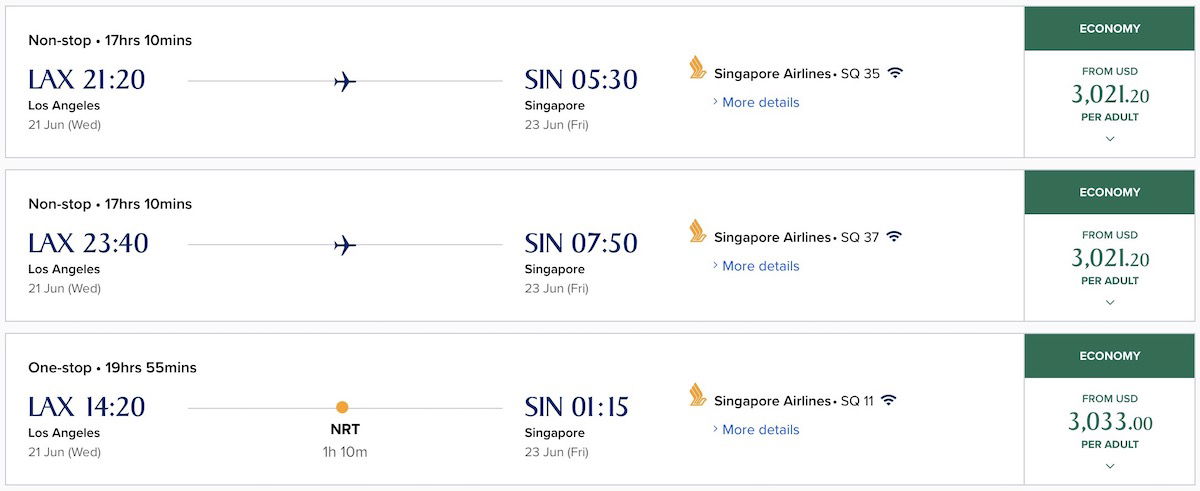
Southwest Airlines is also known for its direct flights, though in the case of Southwest, you can stay onboard during any stops. For example, flying between Tampa and Baltimore, there are some flights with connecting itineraries, and some with “direct” flights, where you have the same flight number and aircraft all the way through. The below example shows a direct flight through Providence.
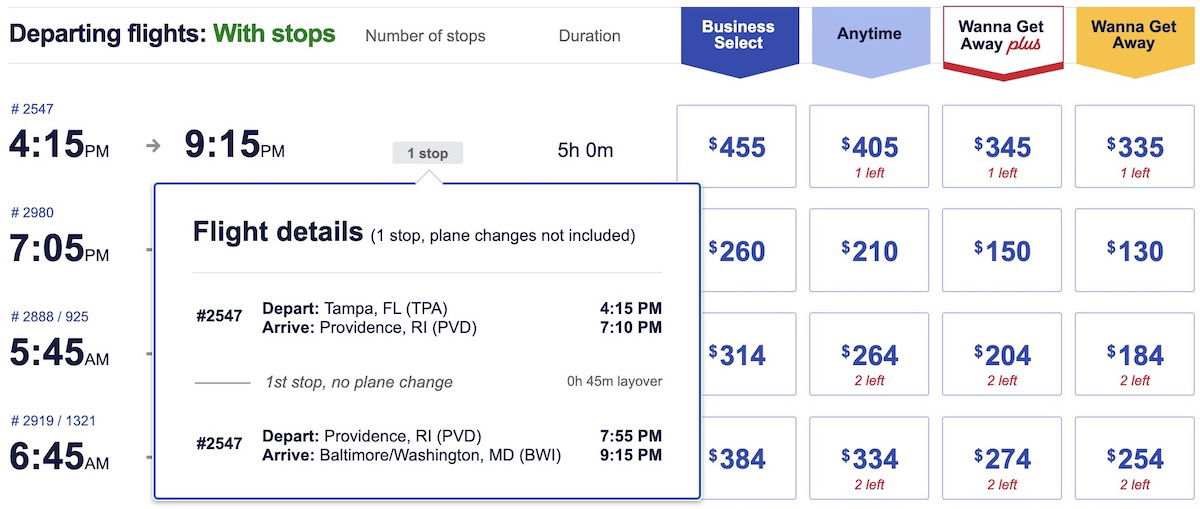
What’s the point of airlines operating direct flights with one or more stops?
- They’re typically operated either because the economics are better of making a stop along the way, or due to general limitations with how far an aircraft could fly; for example, Qantas operates from Sydney to London via Singapore with a direct flight, which is because there’s not currently an aircraft that can operate that route nonstop
- Direct flights are often used as a marketing technique, both to make consumers feel like an itinerary is efficient, and also to give them the peace of mind of knowing that they won’t misconnect
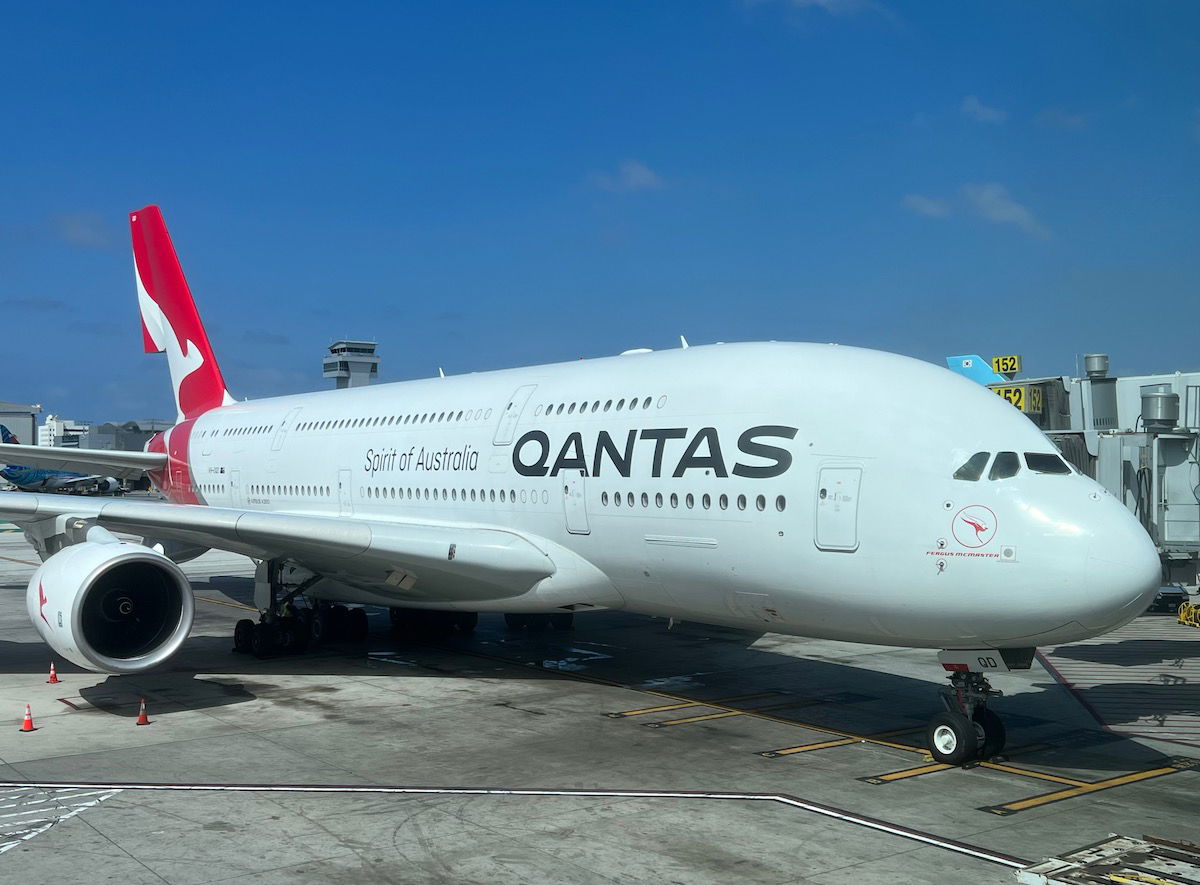
Are nonstop flights also direct?
Here’s a topic that tends to divide avgeeks. Is it wrong to refer to a nonstop flight as direct? If you ask me, it isn’t wrong. After all, a nonstop flight is basically the very definition of “direct,” which is to move without changing direction or stopping. Yet that’s not how the term is generally used in the airline industry, where direct has a completely different meaning.
So if you ask me:
- Technically it’s not wrong to refer to a nonstop flight as being direct, since it meets the very definition of the word
- However, it’s more precise to refer to a nonstop flight as nonstop rather than direct, given the other meaning of direct; and if you’re talking to people who know a lot about the airline industry, referring to a nonstop flight as direct will perhaps make you seem a bit less knowledgable
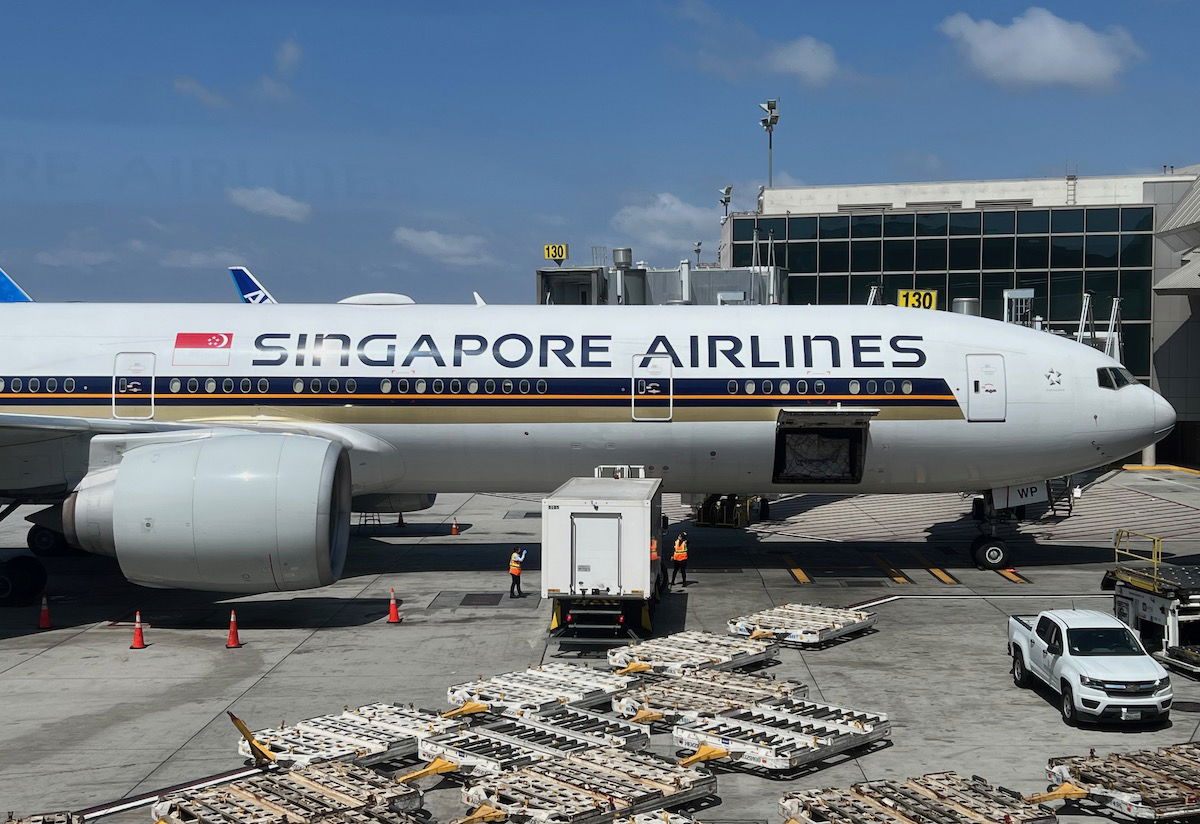
Bottom line
Nonstop and direct flights aren’t the same thing, at least as the airline industry views it. A nonstop flight goes between two places without stopping, while a direct flight goes between two places with one or more stops.
Unlike a standard connecting itinerary, though, a direct flight is typically operated by the same aircraft the entire way through, limiting the inconvenience of having to change planes and minimizing the risk of misconnecting.
What’s your take on the nonstop vs. direct flight distinction?
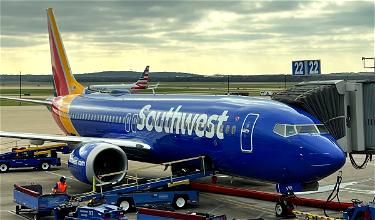

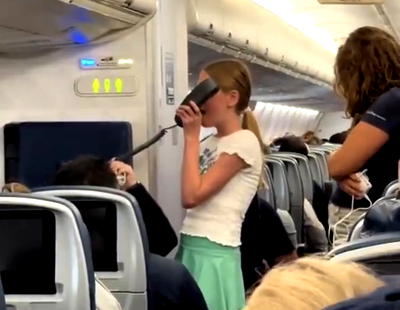

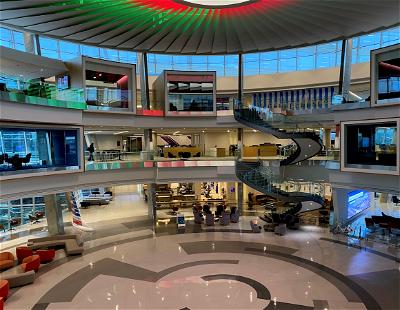
Theoretically couldn't all flights- other than last flight of day and first flight out, excluding red-eyes - be considered as "Direct" flights in some regard, as the aircraft are coming in from some other city?
I mean, all flights have a preceding flight, and then a flight afterward.
Ok, it's just that they are not marketed and sold that way.
If I fly for example a Delta A350 from SCL to ATL, that A350 then...
Theoretically couldn't all flights- other than last flight of day and first flight out, excluding red-eyes - be considered as "Direct" flights in some regard, as the aircraft are coming in from some other city?
I mean, all flights have a preceding flight, and then a flight afterward.
Ok, it's just that they are not marketed and sold that way.
If I fly for example a Delta A350 from SCL to ATL, that A350 then after maybe goes to Tokyo. So theoretically SCL to Tokyo would be "Direct". But I couldn't stay on that plane in ATL and would need to exit for customs.
Flying from Tampa to Baltimore with a 45 minute stop in Providence adding 3 hrs total to a 2 hour flight seems like a bad travel day.
So on the “STOP” of a direct flight to make this article more newsworthy and less of a puff piece to cover and inconvenient Frontier truth… do some airlines and crews within the US handle the stop for the inconvenienced passengers better than others? I cannot say i have stopped since my flights to Hawaii on Continental or Florida on National. Mind you I have connected and change planes many times, but always prefer and try to go NONSTOP.
There are many regional variations of this when it comes to marketing though.
I remember when I first moved to Africa and was marketing our airline's non-stop flights to London, a travel agent warned us that using the term "non-stop" will scare away passengers who think that the plane won't actually land and they may have to jump out.
There were also a sizeable number of passengers who would intentionally book on our 1-stop...
There are many regional variations of this when it comes to marketing though.
I remember when I first moved to Africa and was marketing our airline's non-stop flights to London, a travel agent warned us that using the term "non-stop" will scare away passengers who think that the plane won't actually land and they may have to jump out.
There were also a sizeable number of passengers who would intentionally book on our 1-stop services and then complain that the flight made an interim stop en route to the destination, which meant it actually stopped twice. They argued that a one-stop flight means a flight that flies to the destination and stops only there.
IATA defines non-stop flights as a subset of direct flights (ie. all non-stop flights are direct but all direct flights are not non-stop).
That is hilarious
I don't know what's scarier.
The passenger who thinks they have to jump or the passengers who is actually expecting to jump.
‘ IATA defines non-stop flights as a subset of direct flights (ie. all non-stop flights are direct but all direct flights are not non-stop).’
This is a good way of explaining it. It reminds me about champagne and sparkling wine. All champagne are sparkling wine and not all sparkling wine are champagne. There are still some people who don’t know that even in the hotel industry. There was a staff member working in the executive...
‘ IATA defines non-stop flights as a subset of direct flights (ie. all non-stop flights are direct but all direct flights are not non-stop).’
This is a good way of explaining it. It reminds me about champagne and sparkling wine. All champagne are sparkling wine and not all sparkling wine are champagne. There are still some people who don’t know that even in the hotel industry. There was a staff member working in the executive lounge of a Hilton hotel and that hotel employee referred to the sparkling wine as champagne.
@Sean M did you change your one stop flight marketing to a two stop flight or did your customers began to understand the difference?
Ok guys don’t meander into the unknown, EK don’t use the same flight number for flights onwards to Australia from Dubai.
The flights that originate in Dubai and stop in Athens or Milan on the way to NYC do however.
Auckland via Christchurch is another that comes to mind.
SIN NRT LAX on SQ used to have great fares originating in the Middle East, and terminating in NRT even though it was...
Ok guys don’t meander into the unknown, EK don’t use the same flight number for flights onwards to Australia from Dubai.
The flights that originate in Dubai and stop in Athens or Milan on the way to NYC do however.
Auckland via Christchurch is another that comes to mind.
SIN NRT LAX on SQ used to have great fares originating in the Middle East, and terminating in NRT even though it was the long way around. Flew DXB SIN NRT in business class for 1/4 the price of the direct DXB NRT fare about 8 years ago. Probably because the A380 was too large a plane for the route, and yes going via Singapore added many extra hours too, but I didn’t mind that…
I think you mean Christchurch via Sydney.
How early should one get to the airport?
Just to be clear most airlines use the same flights numbers for itineraries that are not considered direct. SNAEWRORD uses the same flight number for this journey - not the same airplane, nor is EWR on the routing for any fares SNAORD - booking it will give you an error message on faring.
The only true direct flight is the island hopper HNLGUM UA154 and reverse UA153 - the flight number and same equipment...
Just to be clear most airlines use the same flights numbers for itineraries that are not considered direct. SNAEWRORD uses the same flight number for this journey - not the same airplane, nor is EWR on the routing for any fares SNAORD - booking it will give you an error message on faring.
The only true direct flight is the island hopper HNLGUM UA154 and reverse UA153 - the flight number and same equipment are used for the entire journey stopping in HNL-MAJ-KWA-KSA-PNI-TKK-GUM. Each takeoff/landing equates to 1PQF (status hunters know this term). We had to deplane only on one of the stops - if you chose, you can get off for a passport stamp. Taking pics at the KWA stop are prohibited.
Bothersome for ATC as well. For example, If the EWRIAH flight is delayed and the flight number is also assigned to a IAHSNA segment which departed IAH on time - one of those flight numbers needs to be adjusted for the ATC. You can’t have two UA1991s in the skies at the same time.
@blake-pickering
BA LHR-SYD is non-stop - the LHR-DXB-SYD using only 1 (the same) flight number is direct. Even if you have to deplane or EK chooses to do a change-of-gauge @DXB. In this case…direct applies only to the flight number.
BA LHR-SYD direct flights (BA15) stop in Singapore. No airlines fly non-stop from London to Sydney. Yet.
Interesting. So while a BA LHR-SYD is direct, LHR-DXB-SYD would certainly not be.
Correct. BA don't operate DXB-SYD, so any LHR-DXB-SYD itinerary would definitely not be direct. (QF used to operate LHR-DXB-SYD but they switched back to stopping at Singapore a few years ago).
Meanwhile, BA15 flys from LHR to SYD via SIN, making it a direct flight.
No, you’ve made an incorrect statement. LHR-DXB-SYD using the same flight number and operated by EK would be considered “Direct”
No I haven't. EK don't operate any flights LHR-DXB-SYD using the same flight number. It would always be 2 separate flight numbers.